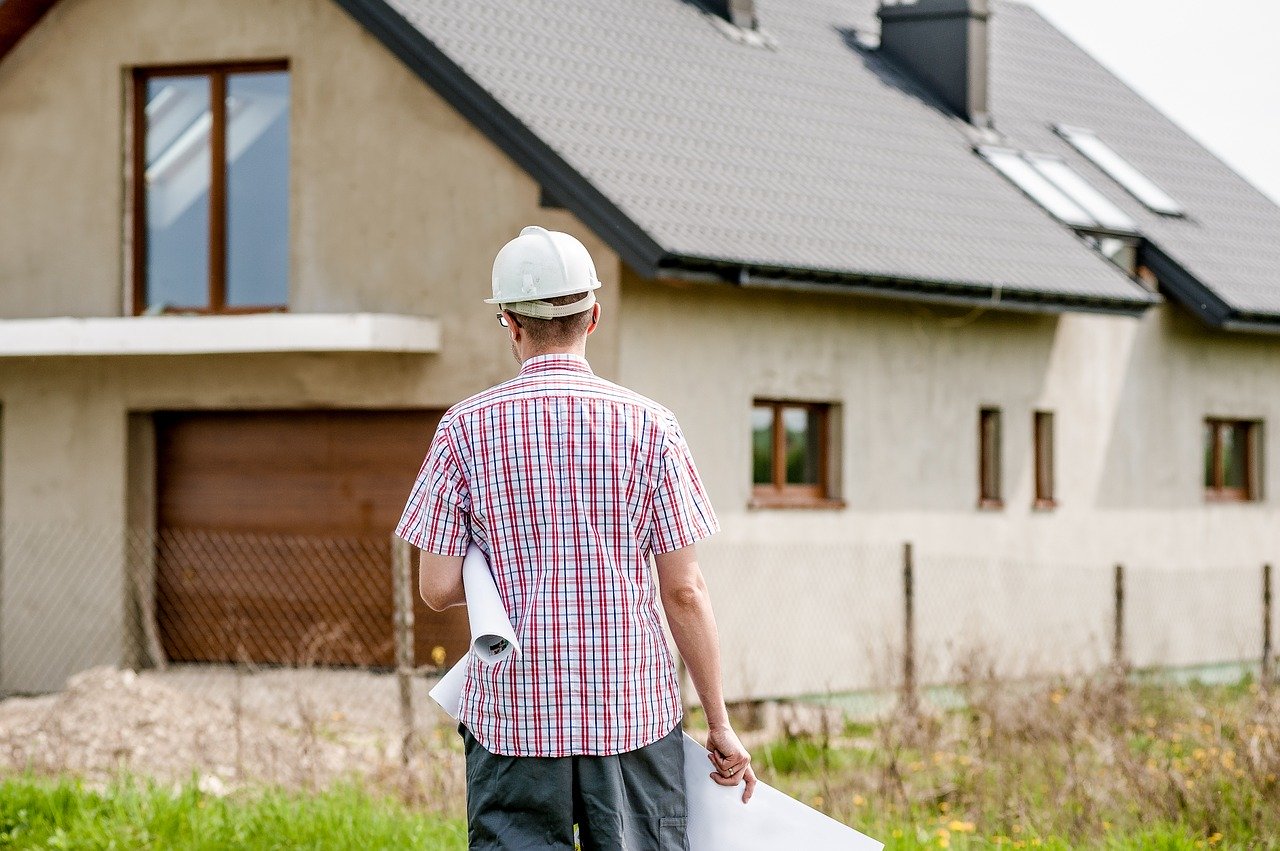
Real estate updates during the coronavirus crisis appear promising with the 13% increase in sales of newly built homes, according to the US Census.
The sales of newly built homes slowed dramatically in March as the coronavirus halted the economy. However, they recorded the strongest May pace since 2007. Builders themselves were also surprised about the level of recovery. However, housing starts were not nearly as strong, and builders trying to manage the demand.
Data showed that the increase in sales is from homes not yet started. This led to the 15% decline of the supply of homes for sale that were being constructed.
“Sales of homes not yet under construction are rising given capacity limitations in the building industry,” said Robert Dietz, chief economist at the National Association of Home Builders.
“Due to labor and land constraints, homebuilders were already producing too few single-family homes given potential demand. As housing demand has picked up in recent weeks, builders have shifted sales to homes not yet under construction – a 20% year-over-year gain for such sales," he added.
According to Dietz, homebuilders are hiring more workers to meet the skyrocketing demand. About 226,000 workers were added in May, but homebuilders were already struggling to hire skilled workers before the coroanvirus pandemic hit. Land and material prices are also increasing. Lumber prices recently increased after shrinking at the start of this year.
While sales of newly built, single-family homes reached 13% higher annually, single-family housing starts in May were almost 18% lower annually. Meanwhile, building permits, which signal future construction, declined by about about 10%.
Homebuilders were surprised about how quick the recovery of the demand was. The stay-at-home orders have boosted already rising demand for suburban homes, and customers now prefer new over existing homes.
“The rapid improvement in sales of new homes may also reflect a change in consumer preferences, with buyers showing a newfound penchant for cleaner, never-lived-in homes — although the long-term durability of that trend remains to be seen,” said Matthew Speakman, an economist at Zillow.
Some of the largest homebuilders did not speedily make land purchases and housing starts in March, but they had to quickly resume in April. They were already meeting below demand levels, as builders still have not recovered from the wide housing crash produced by the subprime mortgage crisis more than a decade ago.
“There has been a production deficit in housing,” said Stuart Miller, chairman and former CEO of Lennar. “We are shelter-supply-constrained, and that supply constraint means that all forms of shelter are going to thrive in the current market and probably be sustainable for the next year or two.”
Some doubt whether the demand will persist, given the difficulties still hounding the economy from the coronavirus pandemic.
“The key question for housing is after this sort of pent-up demand gets satiated, will the level of employment and wages reassert itself as the main driver of the market?” said Peter Boockvar, chief investment officer at the Bleakley Advisory Group. “The other dynamic for sure will be the spending behavior of millennials, as they are the key demographic group to watch for the housing market in the years to come.”






